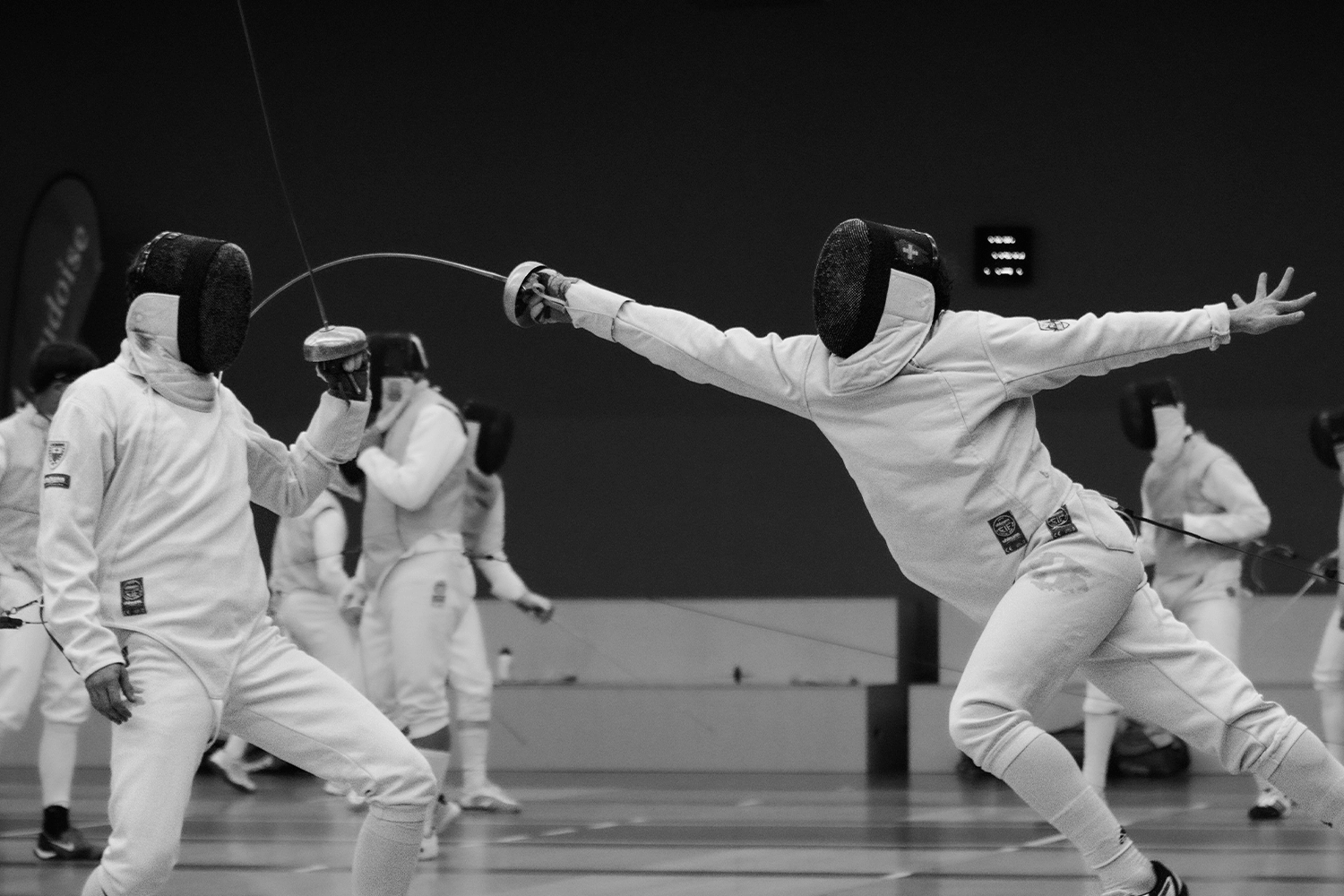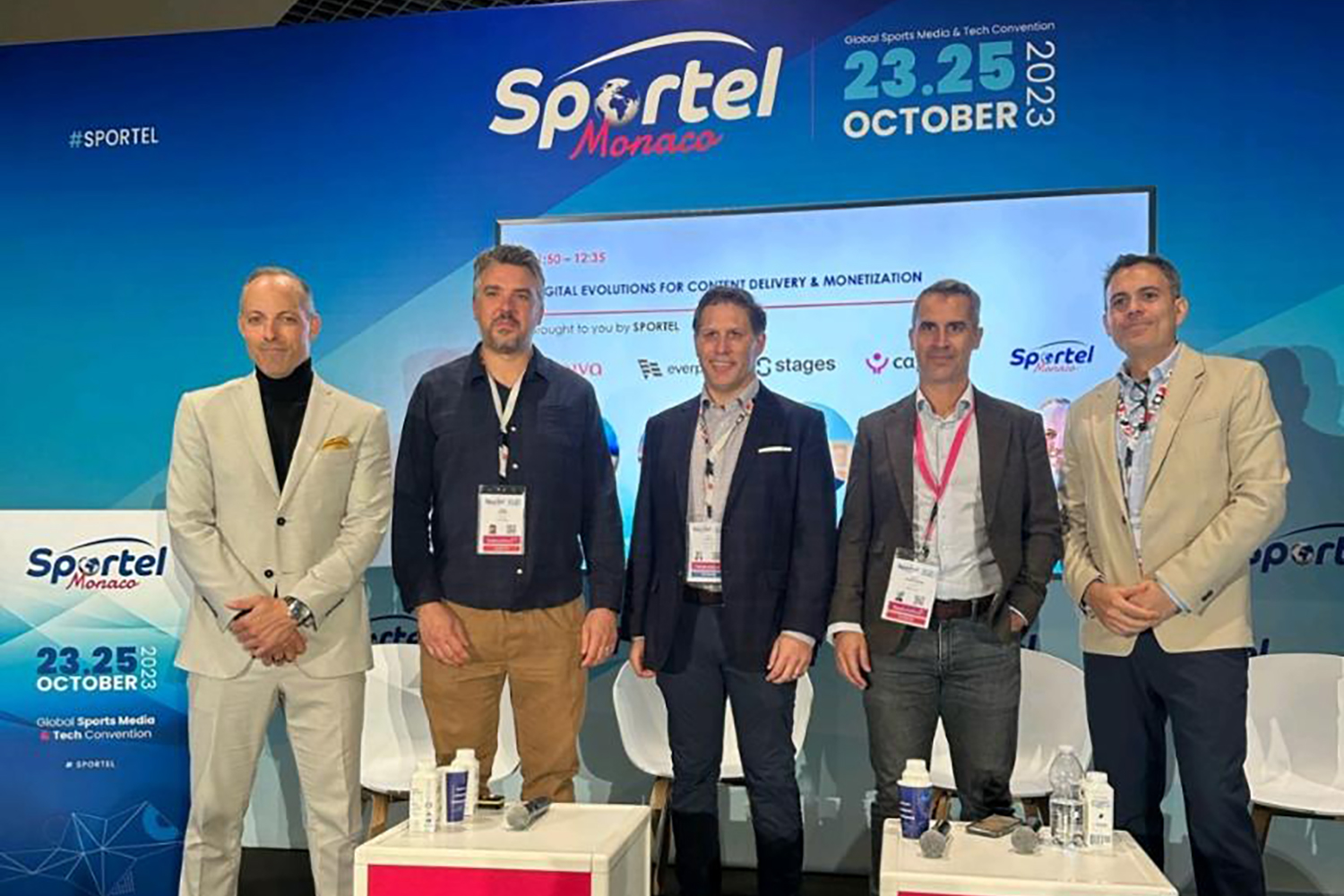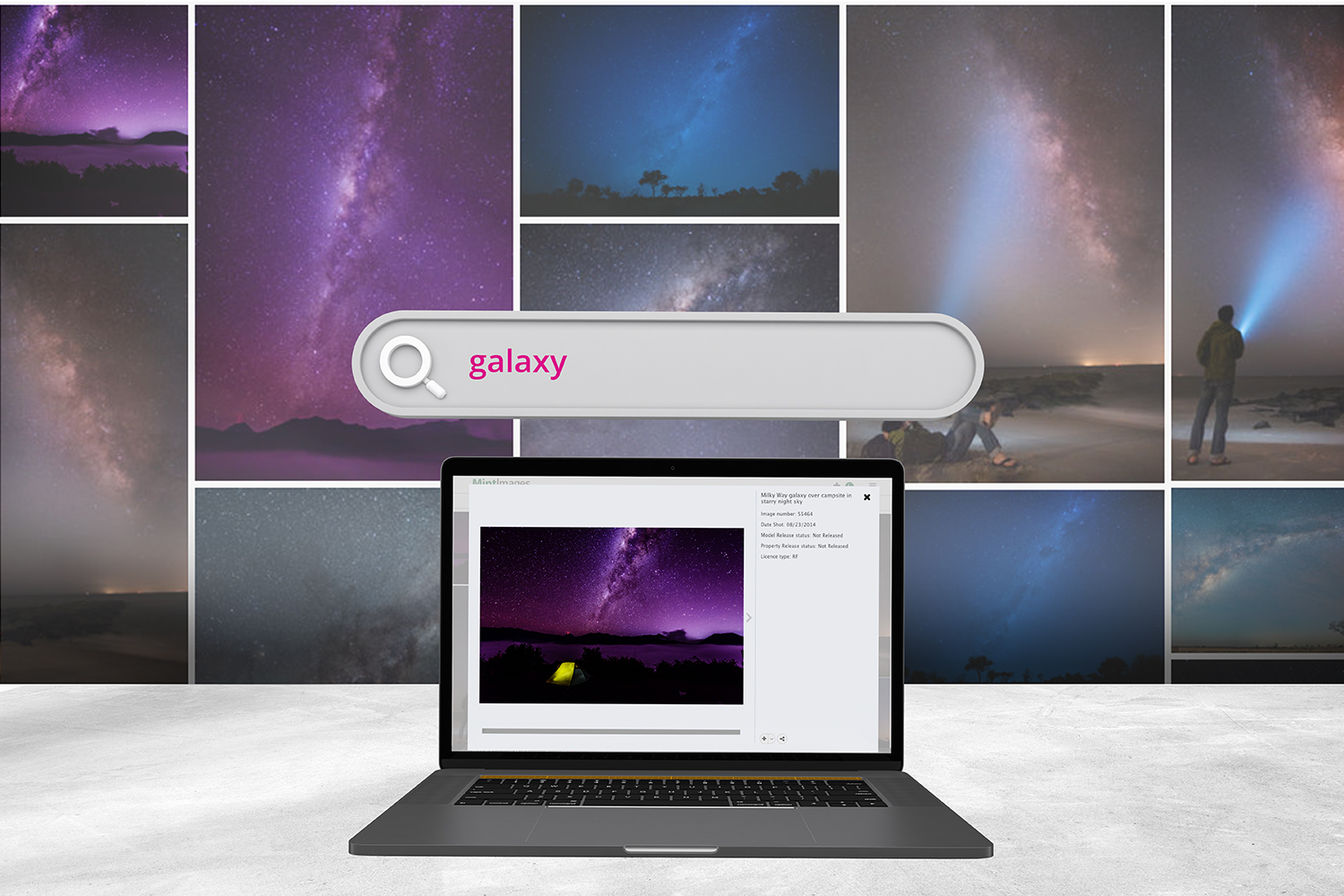Visual media and sport are inextricably linked.
Often, sport is based upon singular, defining moments. And it is visual media that seals these moments in the history books.
Of course, the relationship between sport and visual content is not a new phenomenon. Nor is it exclusive to any one sport. Think of the moment famous moments in sporting history: Diego Maradona clutching the World Cup trophy while hoisted up on the shoulders of his teammates; Usain Bolt strolling across the finish line as he breaks the 100-metre world record; Muhammad Ali towering over a laid-out Sonny Liston. In all likelihood, the first thing that comes to mind when you think of these moments is one single snapshot.
But visual media is critical to the success of sport for reasons even greater than capturing defining moments. Now, in an age where there are more platforms than ever to engage with content, stand-out visual media can play a decisive role in driving revenue.
Income for sports governing bodies comes predominantly from grants, memberships and events, sponsorship and rights sales. The common denominators driving all of these income streams are participation and engagement; higher participation creating a larger talent pool, leading to higher performance and a better ‘product’, generating higher engagement, which in turn creates a more attractive product to sell.
Governing bodies are also striving to ensure that their sports can operate self-sufficiently and become less reliant on grants. This is why it’s crucial that focus is placed on ways in which non-grant revenue can be generated. In this endeavour, visual media is more important than ever. But how exactly does digital asset management tie in with commercial success?
Direct licensing
Whether a sporting body or other owner possesses top-tier visual media, demand can stem from more than one place – which is why licensing it is crucial.
Firstly, it can be used as part of a story. Its value can be sought after by media outlets or publishers who want to put it in front of the right people. Each sporting event has its own narrative, and with the public’s insatiable desire for imagery it makes sense that editors want the best visual media to be a part of the story. After all, what would the front and back pages of a newspaper look like if they didn’t have the shot; the footballer lifting the trophy, the sprinter crossing the finish line, the boxer knocking down his opponent.
But as well as telling a story of the moment, visual media in sports is a commercial necessity too. It tells the story of a brand. It can be a part of an advert, a brochure, or a social media campaign. Good visual media has real tangible value, whether shot in the last sixty seconds or the last sixty years. Ensuring that this value is realised is key when it is so in demand.
Licensing your visual media is a sure way to make commercial returns. If you own it, and companies want to use it, then they’ll have to pay you for it. That’s why an integral part of Capture’s offering is its content licensing capabilities; with a comprehensive platform that offers price book management, a self-serve website, invoicing and royalties, clients get the most value from their visual media at every stage in the digital asset management process.
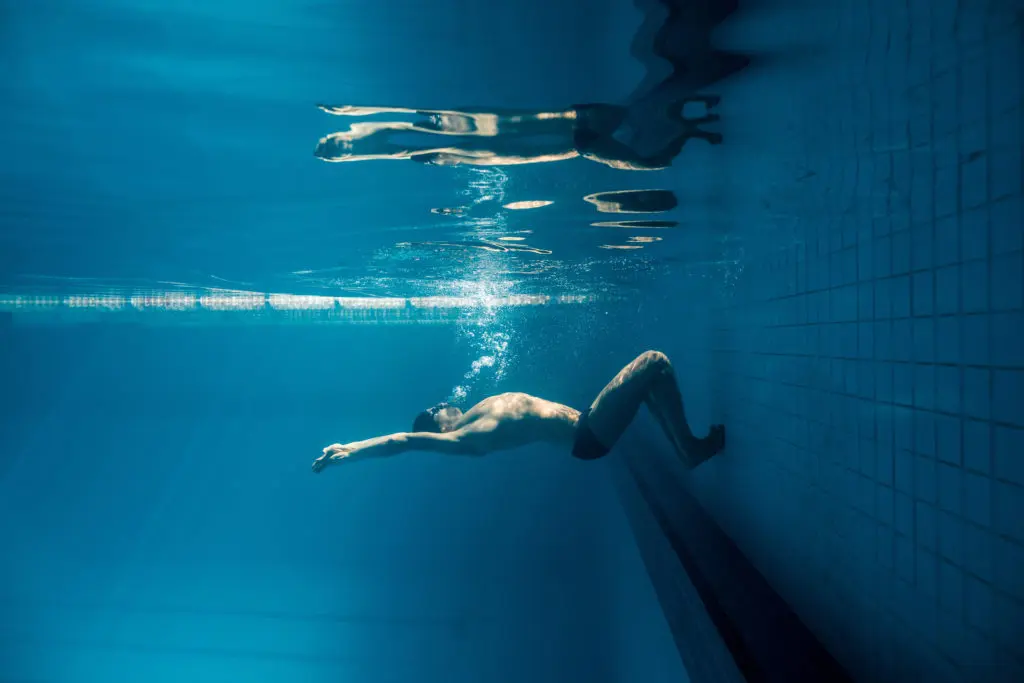
Sponsors
We know sponsorship deals are lucrative, and often pivotal to the success of sporting businesses and bodies. To encourage investment, there is a real onus on being able to quantify the value being offered to the Sponsor. Visual media is at the very heart of this.
Sponsors need to activate Sponsorship investment and high-quality visual media plays an essential part in enabling Sponsors to activate and promote their Sponsorship. Ensuring Sponsors have instant access to the content they have paid for (and only the content they’re paid for), in the right format, with the correctly stated usage terms for the correct duration, provides maximum, quantifiable value. An all-encompassing digital asset management tool like Capture is there to make sure that our clients are putting themselves in the driving seat when it comes to attracting and attaining sponsorship. Exclusive content, campaign assets and any other visual media that helps their cause are at their fingertips.
Athletes
What about athletes? Sporting bodies and businesses have their own brand. But these days, in an industry that contributes £39 billion to the UK economy, so do the individual athletes. Some employ entire teams to help build up their brand, but even those with less resources are often equally driven to follow suit and ensure they are visible on the world stage.
Athletes looking to raise their profile can also be beneficial to the sporting bodies that they represent. Their popularity can translate into engagement for the wider business. If they have easy access to attractive and effective visual media, it will add genuine value to their efforts. And their success feeds into the wider success of the sport – so everyone’s a winner.
Consider one of the world’s biggest winners: Usain Bolt. If sport is a media business, and the athletes are ‘celebrities’, the world is interested in the narrative – and visual media naturally has a significant role to play in this. When Bolt crossed the finish line at the 2008 Beijing Olympics, athletics had a new idol. From the front pages to sky-high advertisement billboards, he had the world talking. Everyone wanted to be Usain Bolt, pulling the point-to-the-sky pose. He became a brand, and athletics could reap the benefits.
This is why it’s so important for sporting bodies to give their athletes the tools to build up their profile. If people are engaging with the individual athlete, they’ll be engaging with the sport, too. Capture allows sporting brands to do exactly that. They can give athletes exclusive access to their own personalised hub of carefully curated content that can be used to promote their personal brand and the wider business.
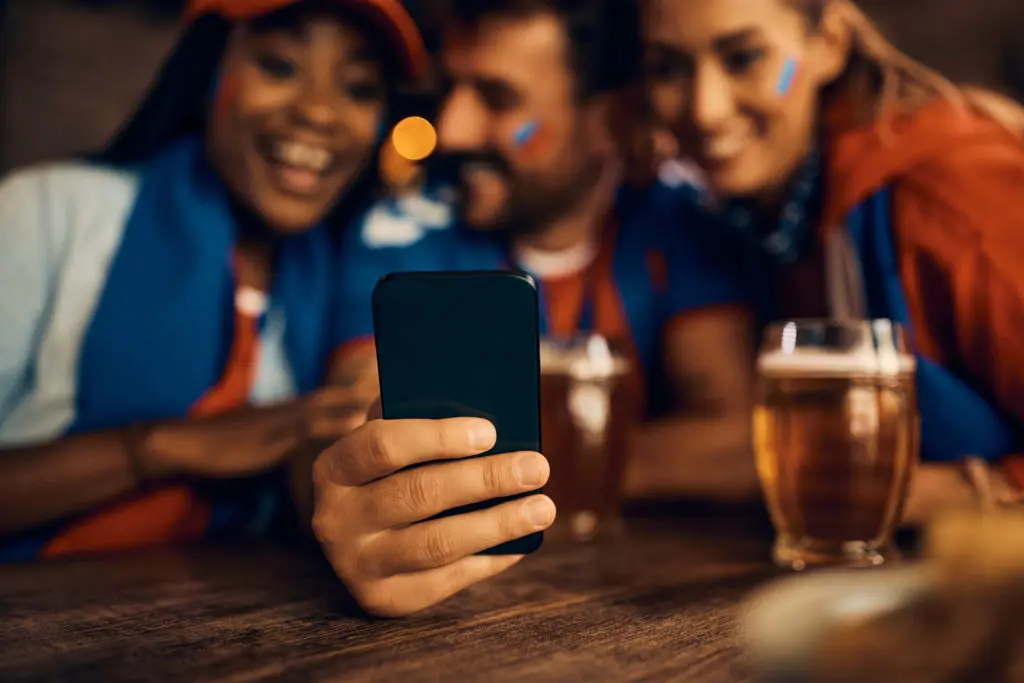
Fanbase
Of course, one of the biggest consumers of the visual ‘story’ is the fanbase. How often have football fans chanted back to the words of Scottish player and manager Jock Stein, who once said “football without fans is nothing”? Arsenal even paraded the quote in the Emirates Stadium stands during the Covid-19 pandemic, when fans watched from home as the games were played in eerie, echoey silence.
While Stein was speaking of football’s soul, the commercial side of sport now relies heavily on fans. Their engagement remains vital to financial success, and visual media has become a key pillar. Utilised in advertorial content as well as social media and websites, each piece of media contributes towards building a captivating narrative around a brand – capturing the hearts of fans new and old and retaining their engagement all year round, rather than only spiking during peak times.
Capture offers a platform to easily ingest, surface, organise, and distribute that visual content all in one place. From here, social media teams have a world of engaging content at their fingertips, from action shots of the latest game to packed archives of legacy content.
Each piece of quality visual media creates an opportunity to connect with fans. A digital asset management platform like Capture makes sure that these opportunities aren’t wasted. Full access to every piece of content means the right people have all the tools at their disposal to maximise each new campaign. Visual media is at the heart of sport-fan relationships. And these relationships are key to commercial success.
Each of these opportunities are connected; engaging content will create a more engaged fanbase, and the broader and more engaged the fanbase, the more commercial doors it can unlock. And with a visual media management system like Capture, it’s an open goal.
Get in touch to kick off your content journey today.
Related Articles
Sign up to get all the latest news & advice from the team
"*" indicates required fields
